The presence of drones recently forced the closure of Gatwick airport for three days, suspending 1,000 flights and disrupting the plans of about 140,000 passengers during the Christmas period.
The company describe the system as “an intelligent shield”, called ARMS (Anti RPAS Multisensor System), which detects the presence of drones kilometres away, apparently identifies the model and learns their weaknesses to neutralise them if they invade the space to be protected.
Indra’s ARMS system consists of a radar and infrared cameras that perform detection and identification tasks. Its electronic warfare sensors sweep the radio spectrum to determine the type of link, frequency or navigation system used by the drone.
The company say it has tested its solution in countries where this type of threat is much more common and dangerous than in Europe. The extraordinary results obtained have made Indra one of the first companies in the world to have signed firm agreements with government clients, after meeting highly demanding criteria.
According to a statement issued by the firm:
“The solution is so effective that it can be used in a precise manner to disable a single drone, in a ‘surgical’ intervention, or a whole swarm of drones, applying more aggressive measures. If an invasion occurs from different points simultaneously, it activates a full protection dome.
Its ability to modulate the response is key to operating in an airport without interfering with aircraft electronic equipment and it makes this system unique in the market. It can also be integrated with the tower or control center systems to exchange information and be able to detect immediately any object that if flying without authorisation.”
The system can also be adapted to incorporate hard-killing techniques to shoot down the aircraft.
The situation experienced by London airports is not new. In August 2017, Arlanda airport, in Stockholm, was also forced to close for the same reason for one hour. Pilots from all over the world regularly report cases of lesser severity but that generate excessive uncertainty to the aeronautical sector, which historically has been obsessed with safety.


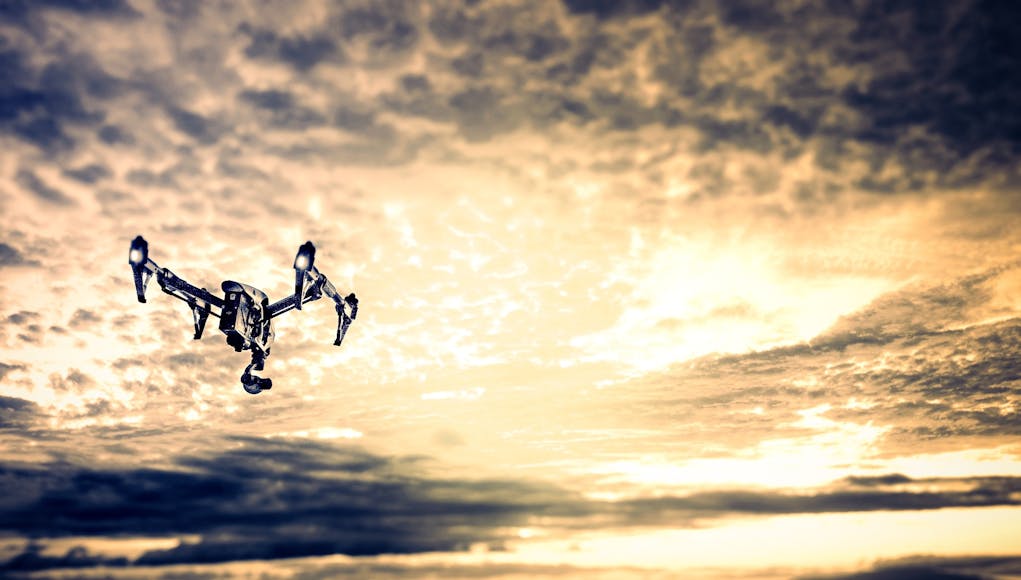
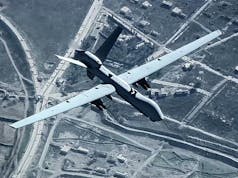


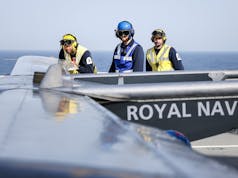
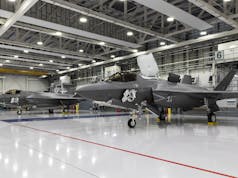
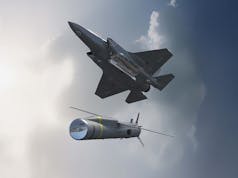

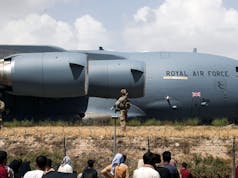

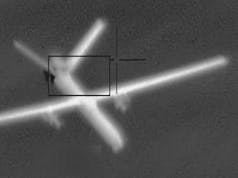

Sounds ok, but it’s just a matter of time before they use this technology all over the joint in “drone free zones” I can see it happening…..
I agree with drone free zones around airports and strategic locations and below a certain altitude but the public should be free to fly them within reason anywhere they like so long as they also stick to the drone code (if there is one). But licensing drones is a joke and having to fund and get a drone driving licence is even worse! All unless the drone is over a certain size then that’s fine. I fly my electric helicopter all the time and have an aeroplane also and I hope they don’t get done in by the health and safety loonys also….
Model aircraft pilots are facing greater and greater restrictions as to where they can fly. Yet drones can be flown anywhere. Agree with Rear Gunner. Drone pilots should face same restrictions as model aircraft pilots. It still won’t catch law breakers but it will narrow down the possibilities and make it easier to combat the problem and come down hard on the real offenders. There won’t be any ambiguity then. If they are flying where they can’t they are a clear and present danger to the public. Full stop. Throw the book at them.
Can you really identify a specific model of drone from kilometres away? I’m somewhat sceptical about this claim.
Yes, for most commercial drones you can. Actually you can identify the “family” rather that each single model.